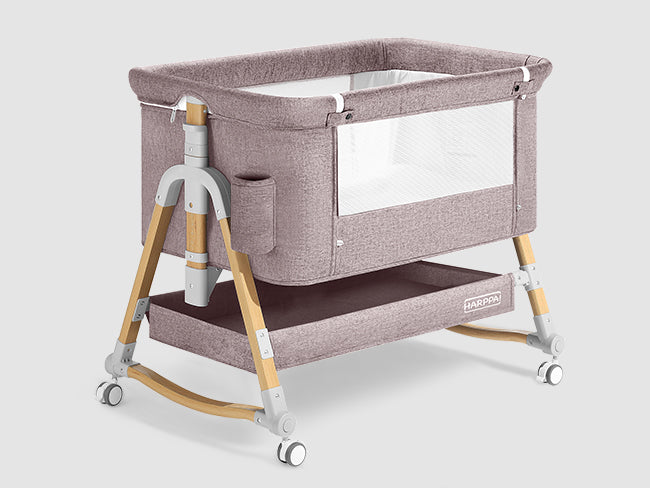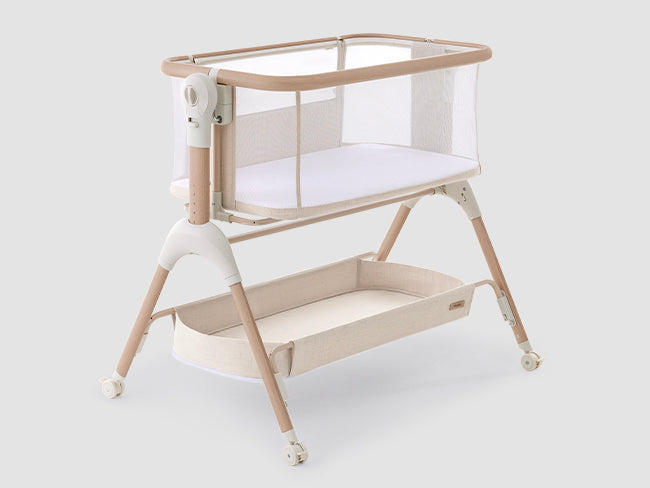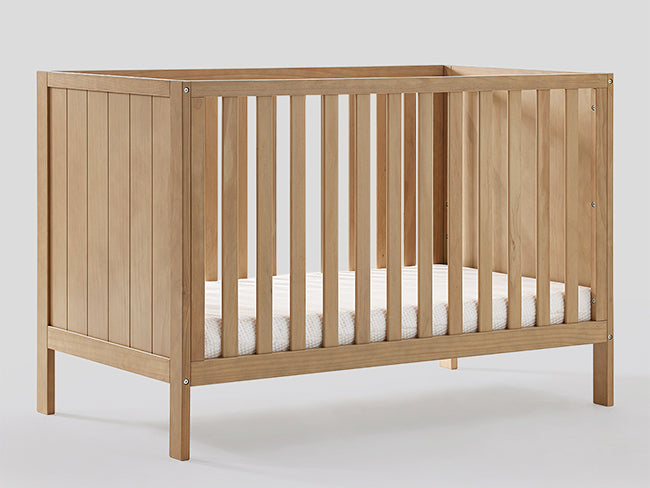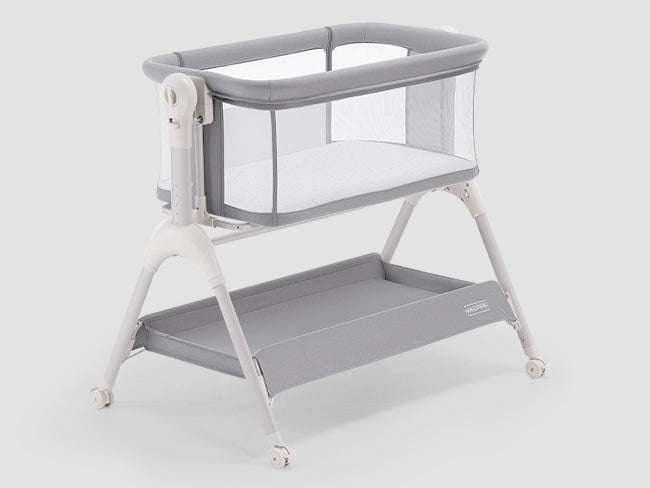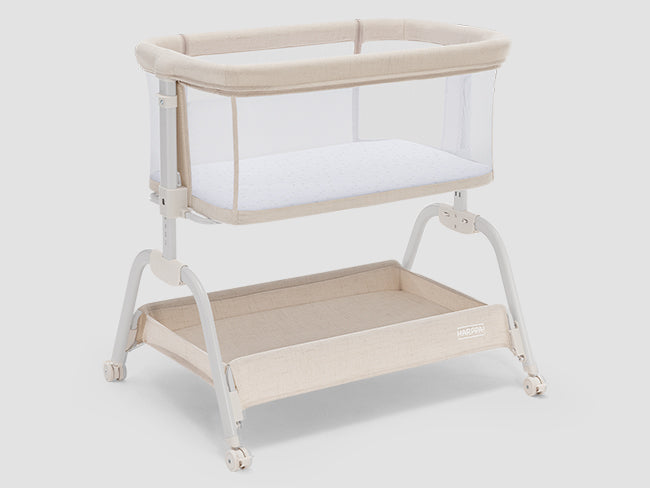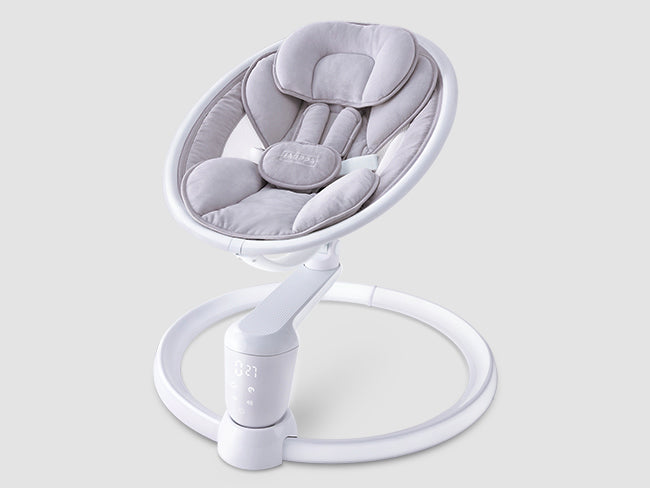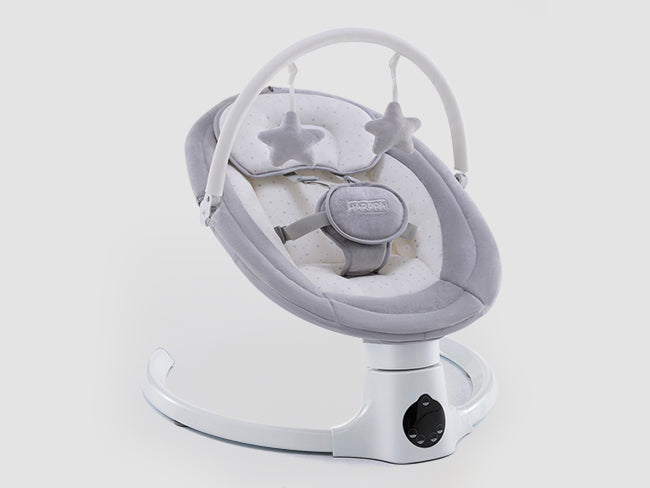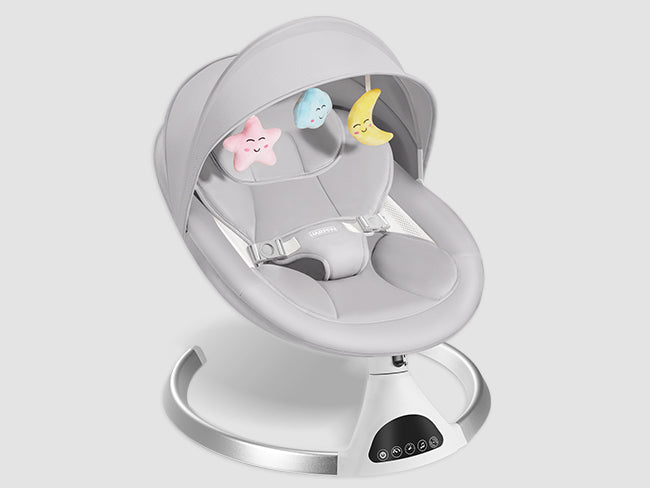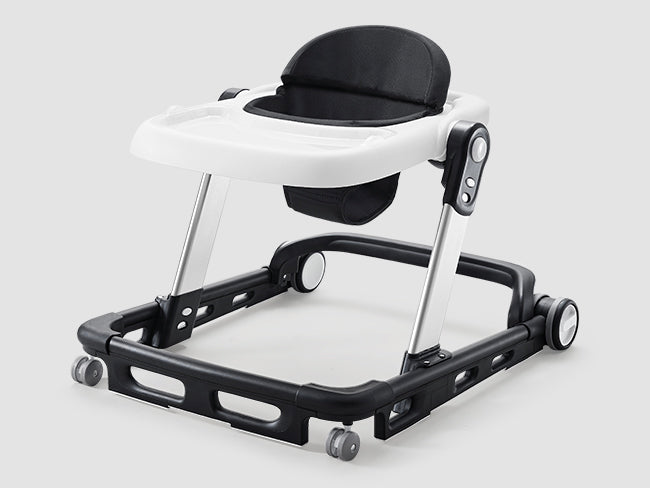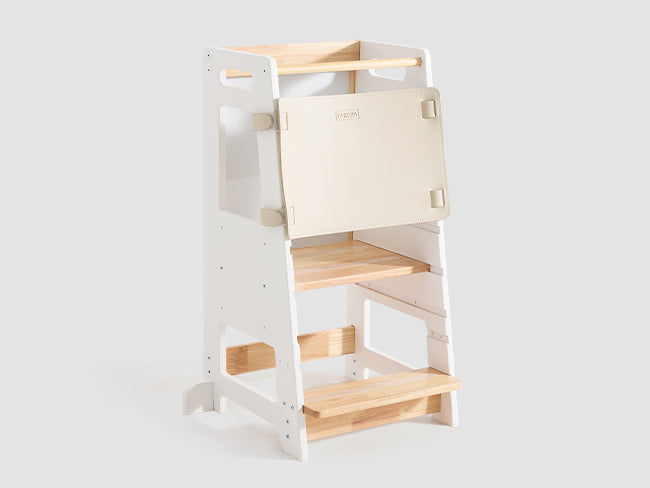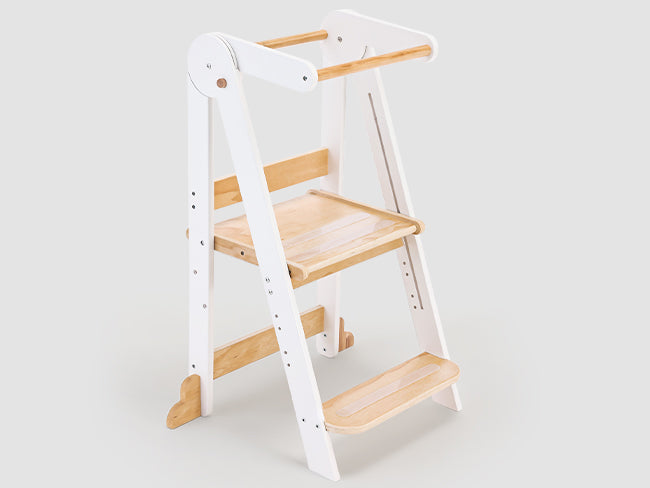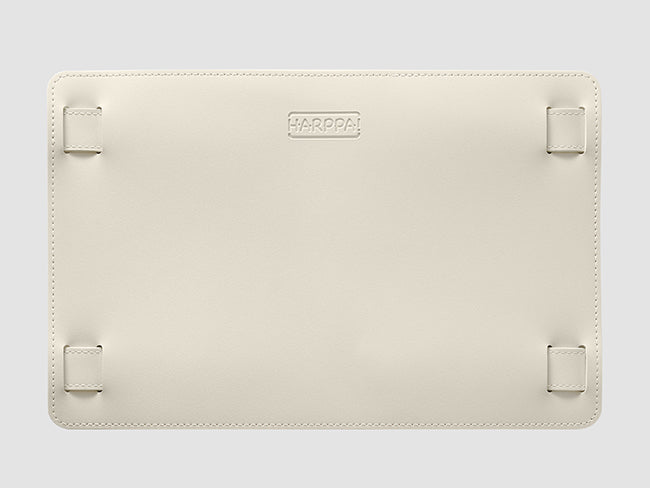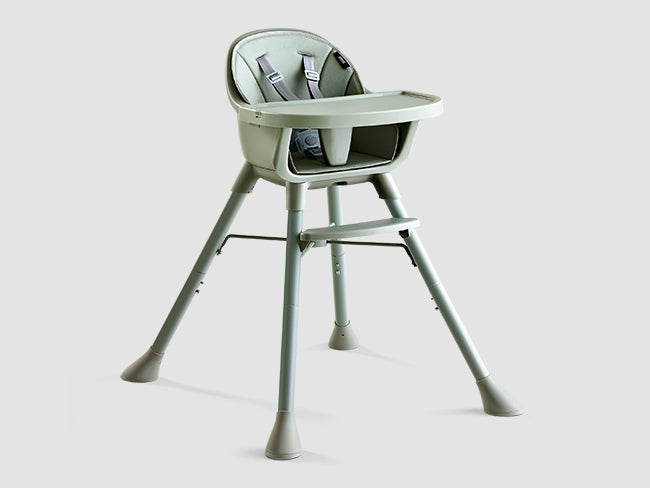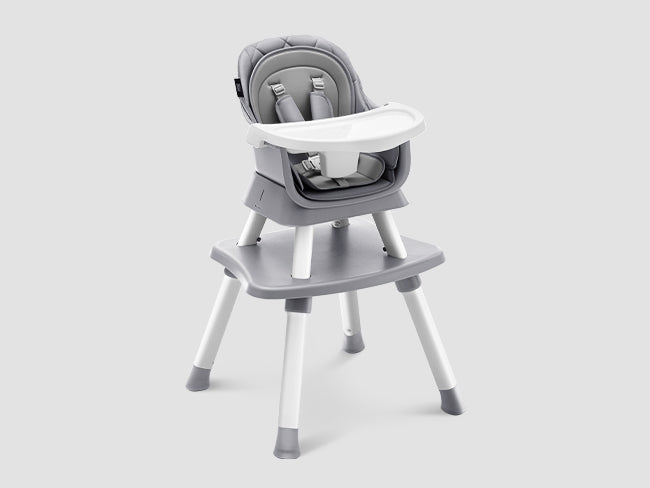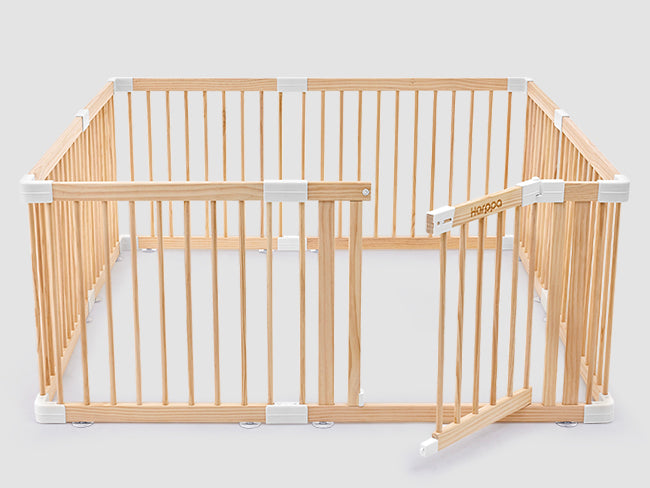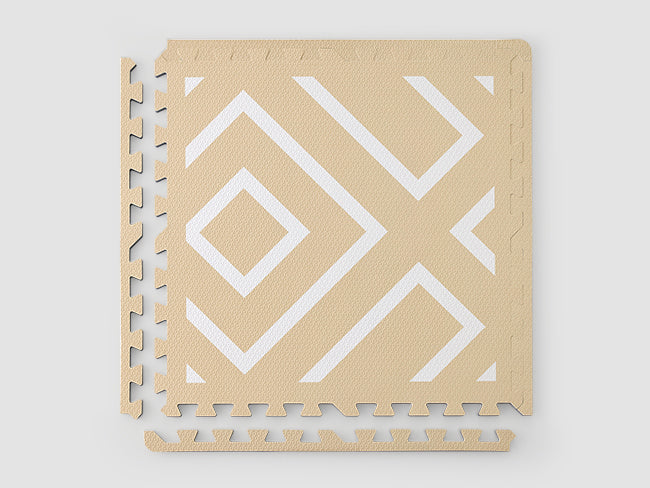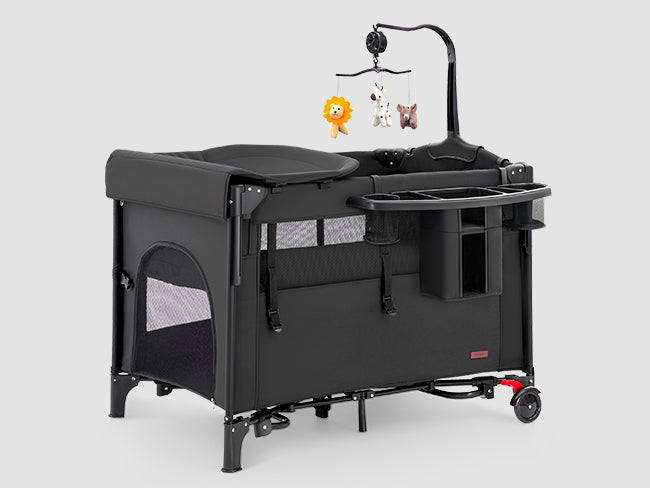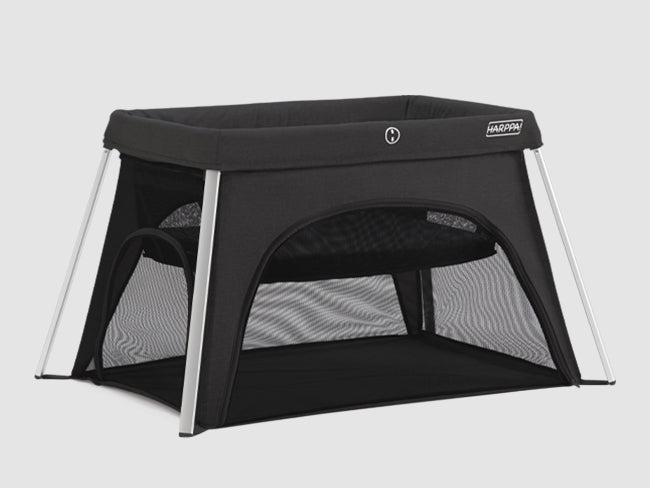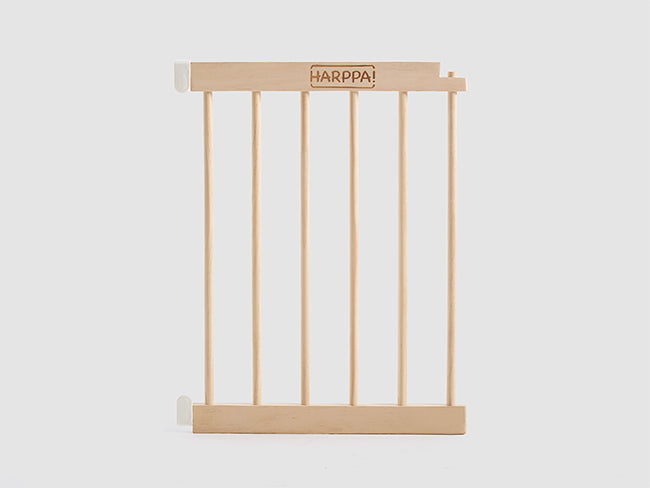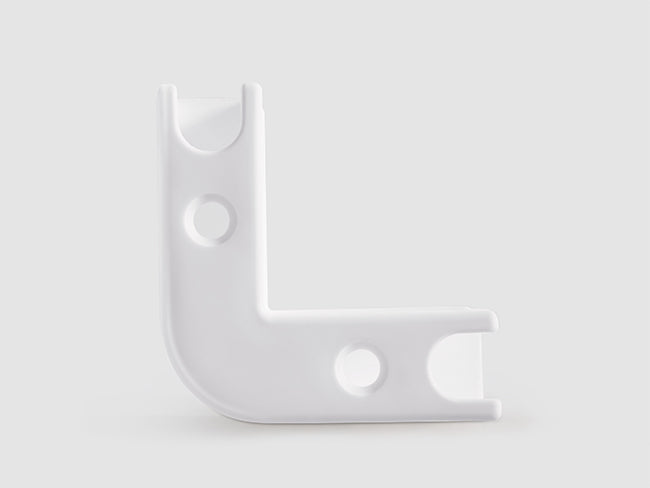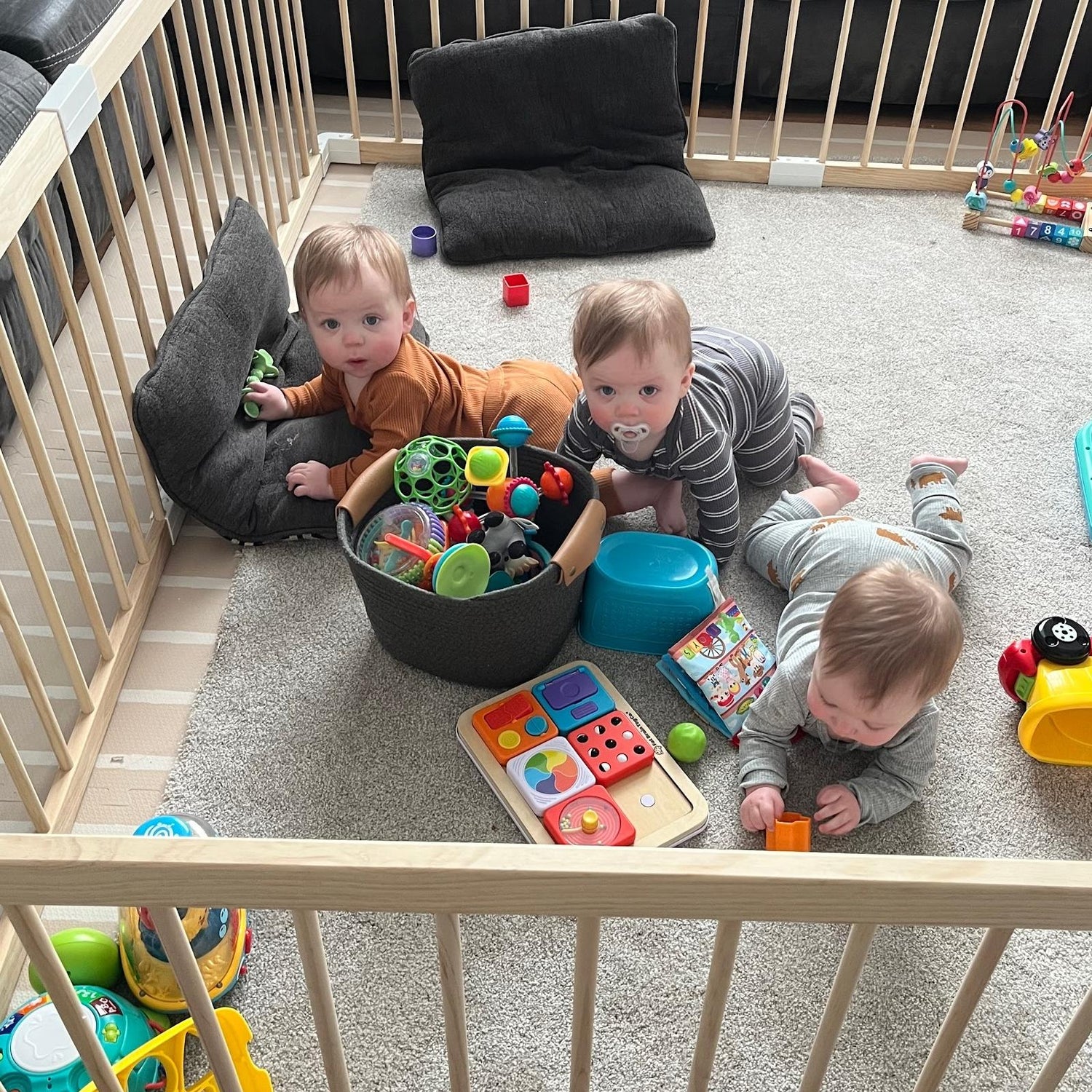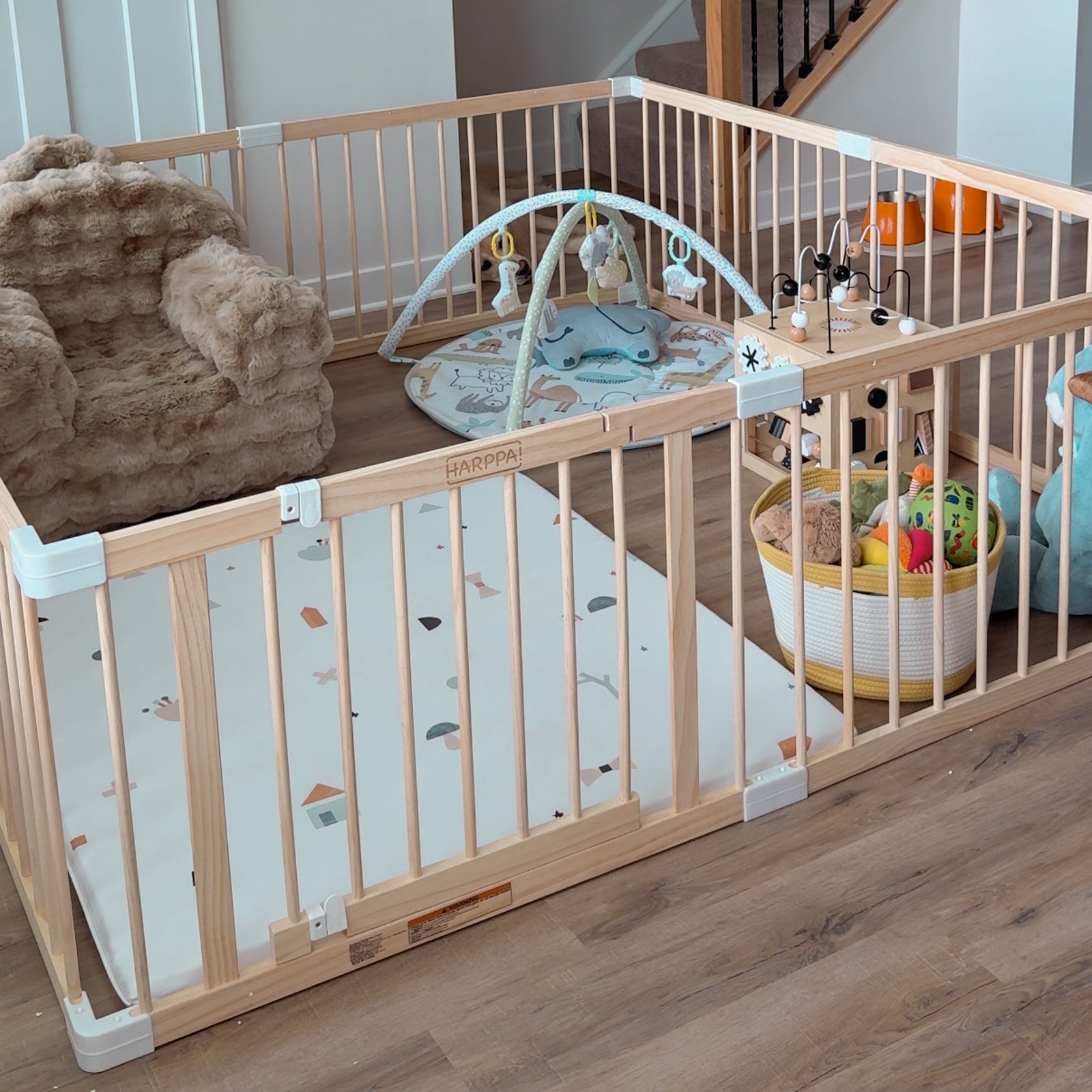In a household with more than one little explorer, space management becomes both an art and a necessity. Many parents assume that once a baby becomes a toddler—or a new sibling arrives—the wooden playpen is no longer relevant.
In reality, a high-quality wooden playpen like HARPPA’s can evolve into a shared, flexible developmental space that supports independent play, sibling bonding, and parental peace of mind.
Let’s explore how to make that happen.
🧠 Why Shared Play Still Needs Structure
Children—especially young ones—don’t naturally “know how” to share. They thrive on clear boundaries, predictable routines, and well-designed environments.
When thoughtfully set up, a shared playpen:
-
Teaches turn-taking and respect for each other’s space;
-
Helps reduce toy conflicts by setting physical limits;
-
Provides a safe zone where younger children can explore while older siblings engage in parallel or cooperative play.
🪵 The Playpen as a Modular Multi-Zone Space
HARPPA’s modular wooden playpen allows for creative zoning. You can set up two or more micro-environments inside a single space.
🧩 Zoning Ideas:
-
Side-by-side activity areas:
One side for building blocks or stacking cups, the other for quiet puzzles or books. -
Age-based materials:
A soft baby-friendly area for tummy time or sensory toys; and a corner with pretend-play items or drawing boards for the older sibling. -
Neutral zone:
Include a shared rug or basket where both children can play collaboratively—when ready.
The key is to design with intention: fewer toys, more clarity, less conflict.
🕊 Tips for Peaceful Co-Play
-
Limit the number of toys
Too many choices can overwhelm and create competition. 3–5 items per child is ideal. -
Rotate materials weekly
Keep engagement fresh and age-appropriate for each sibling. -
Use visual dividers
A small pillow, rug, or soft box can subtly separate spaces—no need for walls. -
Observe and adapt
Watch how your children interact. If one dominates or another withdraws, it may be time to rebalance the layout or introduce new boundaries.
👶👧 Adapting for Different Age Gaps
-
Baby + Toddler
Use floor padding and soft toys for baby; provide non-choking materials and solo tasks for toddler. Supervise more actively at this stage. -
Toddler + Preschooler
Add role-play elements like a mini kitchen or dress-up area. They can begin cooperative play but may still need personal space within the pen. -
Twins or Close-in-Age Siblings
Mirror zones with similar (but not identical) materials help reduce jealousy and offer symmetry.
🤝 The Emotional Benefits of Shared Spaces
A shared playpen isn’t just functional—it’s formative. It teaches:
-
Patience
-
Spatial awareness
-
Emotional regulation
-
Early social skills
When children learn to navigate a shared environment early, they build skills that benefit them long after the playpen is packed away.
✅ Quick Checklist for Multi-Child Playpen Setup
-
Assign separate activity areas within the same space
-
Curate 3–5 toys per child, plus 1 shared item
-
Include soft boundaries (pillows, rugs, baskets)
-
Observe and rotate based on behavior
-
Avoid overstimulation with minimal, natural toys
💡 Final Thought
A wooden playpen doesn't divide your children—it brings them together in a thoughtful, supportive space. With the right setup, siblings can thrive side by side, learning from each other and growing independently—together.
🌱 With HARPPA, every child gets space to grow—even in shared moments.

